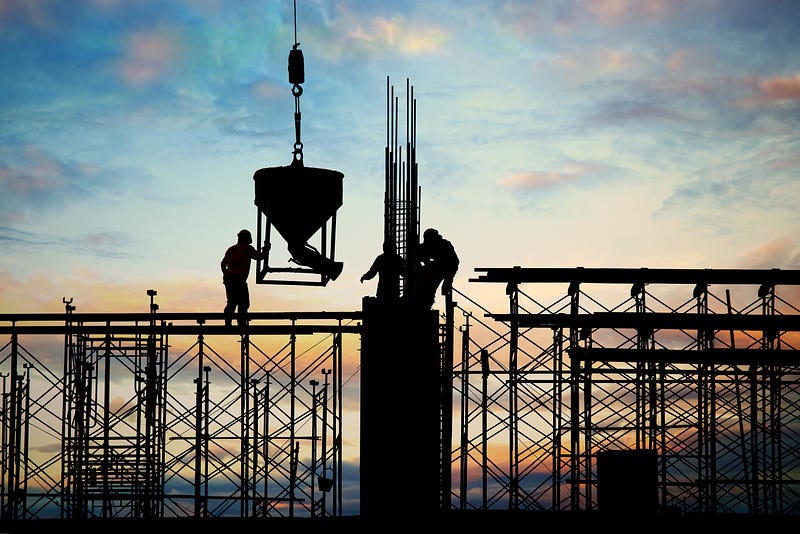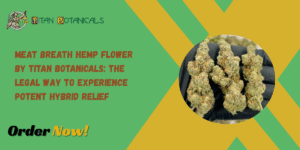As the blazing heat of late summer sets in, it brings more than just discomfort to beekeepers—it can pose serious challenges for the health and productivity of bee colonies. High temperatures, low humidity, and limited water sources can lead to heat stress in bees, reduced brood viability, and even hive collapse.
To ensure your bees thrive, it’s crucial to understand how to adapt your hive management strategies and choose the right tools and gear—including high-quality beekeeping suits that provide both protection and breathability for the beekeeper.
Here’s a comprehensive guide with essential tips to keep your bees (and yourself) safe, cool, and productive during the late summer heat.
Understanding the Impact of Late Summer Heat on Your Hive
Late summer brings soaring temperatures that can create a stressful environment for your bees. Just like humans, bees can suffer from heat exhaustion. Inside the hive, temperatures exceeding 95°F (35°C) can be dangerous, especially to the developing brood. If heat stress in bees goes unmanaged, it may lead to:
-
Warped or melted comb
-
Reduced egg laying by the queen
-
Absconding behavior (bees abandoning the hive)
-
Increased risk of pests like wax moths and small hive beetles
Beekeepers must remain vigilant and proactive in monitoring their hives for any signs of distress.

Beehive Cooling Techniques Every Beekeeper Should Know
Keeping your hive cool isn’t just about comfort—it’s about survival. Here are a few proven beehive cooling techniques to help regulate the internal temperature:
1. Provide Adequate Ventilation
Use screened bottom boards, ventilated inner covers, or propped-up outer lids to improve airflow. Increasing ventilation helps remove hot air and reduce humidity inside the hive.
2. Shade the Hive
Place your hive in a location with dappled shade during the hottest part of the day. Be careful not to keep it in constant darkness, as bees still need sunlight for orientation.
3. Use a White or Reflective Cover
Covering the hive lid with a reflective material, like foil insulation, can significantly reduce heat absorption.
4. Reduce Hive Congestion
Removing unused or extra boxes and frames can improve airflow. Overcrowded hives trap more heat, making it harder for bees to cool things down.
These preventing hive overheating strategies are vital for late summer hive management, especially in hot climates.
Bee Hydration: Why It Matters and How to Support It
One of the most overlooked aspects of summer hive management is proper bee hydration. Bees need water to cool the hive and to dilute honey for feeding larvae. Without access to water, bees may travel long distances or crowd nearby water sources—putting them at risk.
Tips to Keep Bees Hydrated:
-
Place shallow water dishes or birdbaths near the hive, with floating objects like cork or pebbles so bees don’t drown.
-
Refill the sources daily, especially during dry spells.
-
Keep the water source consistent so bees know where to return.
Access to clean water supports hive thermoregulation and overall colony health.
Smart Summer Hive Management Practices
Late summer is also a crucial time to focus on summer hive management. Proper planning and monitoring can help prevent issues like disease, pest infestations, and colony decline.
Key Management Practices:
-
Inspect regularly: Watch for signs of mite infestations, failing queens, or dwindling populations.
-
Monitor food stores: If nectar flow is low, consider supplemental feeding.
-
Requeen if necessary: Weak or old queens may not maintain a strong population through the fall.
These routine checks help prevent cascading problems and set your colony up for a healthy transition into fall.
The Importance of Wearing the Right Gear in Hot Weather
Beekeeping during extreme heat can be physically exhausting—and dangerous. Wearing the wrong gear can quickly lead to overheating, dehydration, or even heatstroke.
That’s why investing in high-quality beekeeping gears is essential for safe summer inspections.
Choosing the Best High-Quality Beekeeping Suits for Late Summer
When selecting protective clothing, comfort and safety must go hand in hand. Beekeeping suits for hot weather should offer:
✅ Breathability
Look for ventilated bee suits made from three-layer mesh fabric that allows air to circulate while preventing stings.
✅ Lightweight Material
Avoid heavy cotton or canvas suits in summer. Opt for suits that are both lightweight and durable to reduce body heat buildup.
✅ UV Protection
Extended exposure to the sun can damage your skin. Some high-quality beekeeping suits offer UV-resistant fabric for added protection.
✅ Flexible Design
Modern beekeeper safety gear includes features like zippered veils, elastic cuffs, and reinforced knees for better mobility and comfort.
✅ Best Beekeeping Gloves
Pair your suit with high-quality beekeeping gloves that offer both dexterity and sting protection. Look for gloves made of breathable materials with reinforced palms and long gauntlets to keep your hands and wrists safe without overheating.
Proactive Tips to Keep Bees (and Beekeepers) Cool and Safe
Along with hive management and protective gear, your beekeeping routine should adjust to the season. Try these late summer beekeeping tips to keep both you and your bees comfortable:
✅ Inspect During Cooler Hours
Plan hive inspections early in the morning or late in the evening when temperatures are lower and bees are less active.
✅ Stay Hydrated
Bring plenty of water for yourself when working with hives. Take breaks in the shade to avoid heat-related illness.
✅ Reduce Disturbance
Avoid prolonged inspections during high-heat days. Quick and gentle handling minimizes stress for both bees and beekeeper.
✅ Monitor Hive Temperatures
Infrared thermometers or thermal cameras can help detect overheated hives early so you can take action.
These simple changes go a long way in protecting your hive and maintaining your energy and focus during the beekeeping season.
Conclusion
Late summer heat can test even the most experienced beekeeper, but with the right knowledge, strategies, and gear, you can keep your bees thriving.
By using effective beehive cooling techniques, ensuring proper bee hydration, managing your hives wisely, and investing in high-quality beekeeping suits, you can reduce stress on your colony and protect your own health in the process.
Whether you’re battling the sun in a backyard garden or a large apiary in the countryside, smart preparation and proactive care are the keys to successful beekeeping—even in the hottest months of the year.





